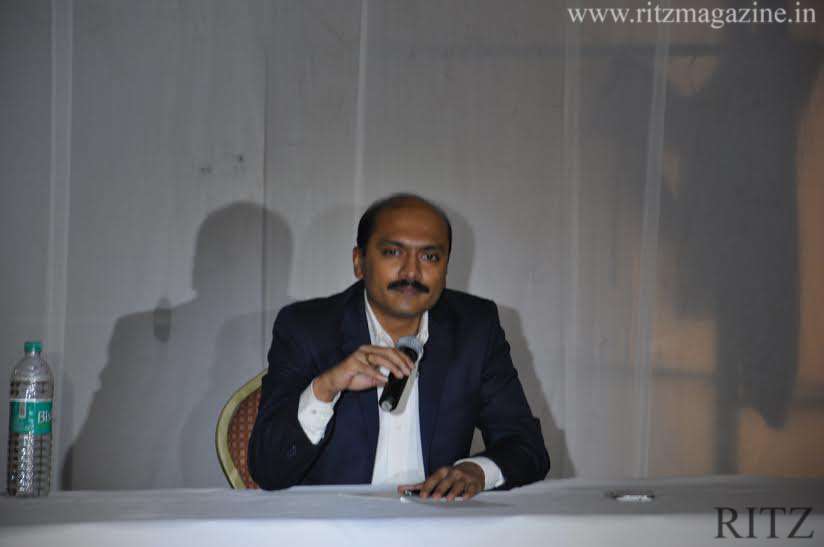Atrial fibrillation (AF) is the most common electrical disturbance of the heart (Arrhythmia), especially in the aging population. The major effects of AF are due to clot formation in the heart and its squeal including a brain stroke, clots in various arteries of the body. AF also can lead to heart failure due to the rapid heart rates causing breathlessness and fatigue. People with underlying heart disease can develop heart attack, as also loss of consciousness.
“In our country, with increasing longevity, unhealthy lifestyle and cardiac risk factors like Hypertension, Diabetes, Obesity, Smoking etc, the incidence of AF is growing exponentially.
Even as the western countries are faced with a huge burden of healthcare costs due to AF, imagine the financial stress it causesnot only on the exchequer but also on the individuals and society at large as many patients are not covered by insurance/ schemes and the sequelae are serious, thus making AF management very important.”

As with most conditions, AF is also managed medically initially. Once a patient fails medical therapy, the cornerstone of AF management is invasive therapy called Atrial Fibrillation ablation.
What is AF ablation?
During this procedure, we enter the heart through the groin with catheters and burn certain areas of the upper chambers of the heart called the Atria. For this purpose we re-create the anatomy of the chambers of interest by 3D mapping and then proceed to ablate (burn). The chambers are very thin and sometimes just a millimetre thin.
We have to use certain force to ensure the tissue is destroyed. Less force could lead to poor results and more force could lead to perforation of the chambers in weak areasleading to a serious condition called cardiac tamponade where blood collects just outside the heart causing hemodynamic instability.
How do we ensure better success and lesser serious complications?
Technology has helped us in moving to safer ways of performing ablation. The latest in the field of ablation is CONTACT FORCE sensing. Special catheters with this technology can actually tell the physician how much pressure is being applied. There are certain areas in the heart which are thinner than the rest. This technology can actually show us the amount and the direction of force being applied and thus could avoid excess pressure helping prevent perforation and also help avoid less force leading to better local tissue damage and better lasting success.
“Having used this system while abroad, I have immense faith in this technology. Our eager wait is answered. The first ever 2 patients treated in India using CONTACT FORCE technology (TactiCath, SJM) for atrial fibrillation on 15th March, have been discharged after very successful procedures”
“Contact Force sensing is the Technology of Future, in the field of arrhythmia ablation. This technology has been shown in various studies to reduce ablation time, X-ray radiation exposure, lower complications and also improved success”














